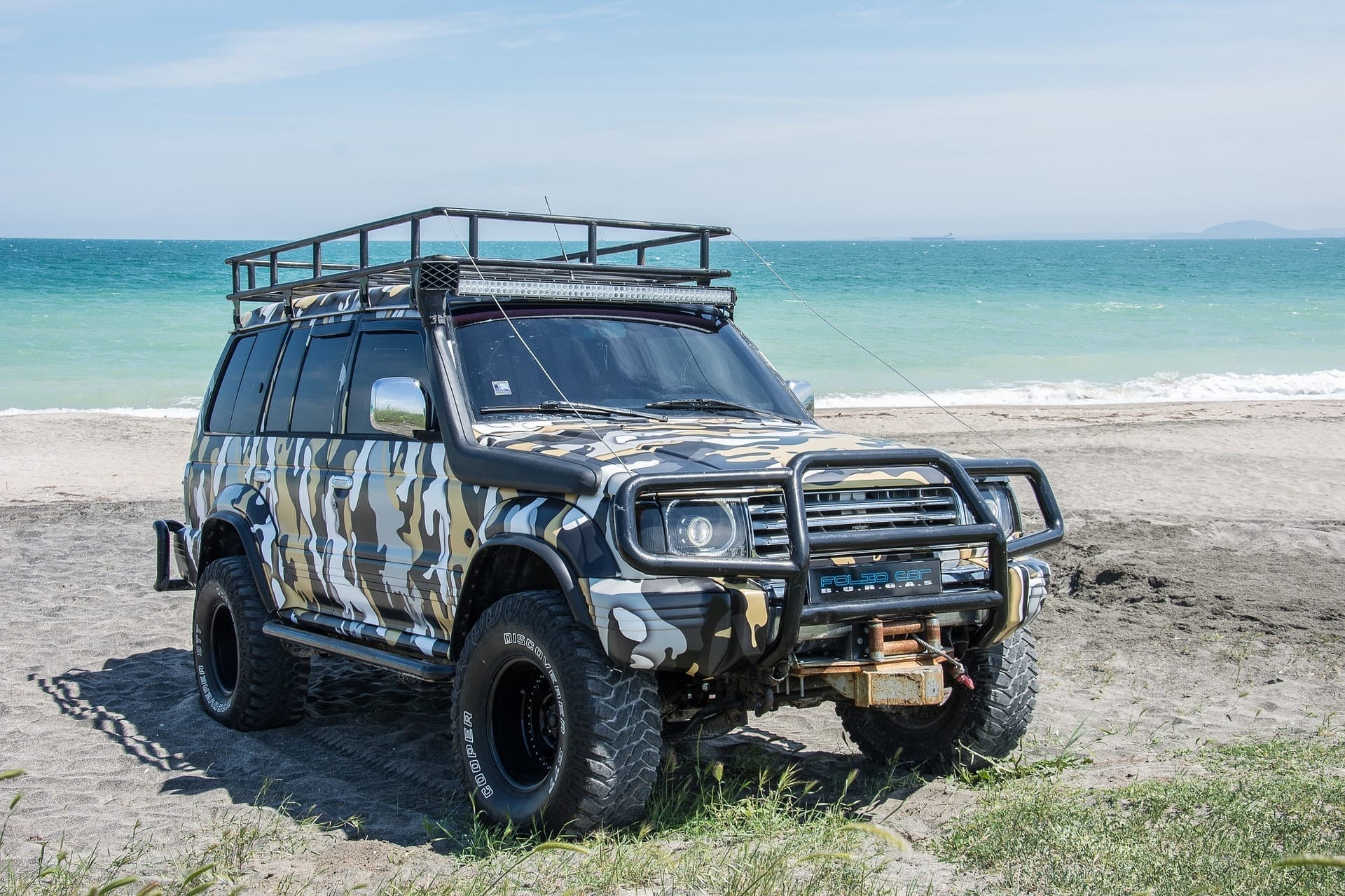In UTEs, because most of the cargo storage space is behind the rear axle, it’s important to load all the heavier stuff up at the front of the tray. After you have filled every inch of storage space in your vehicle, you should take your vehicle to your nearest registered weighbridge and have the total weight of your loaded vehicle checked against the manufacturer’s rated gross vehicle mass figure. If it’s too heavy, you run the risk of blowing your tyres.
Loading all the essentials into your 4WD is a lot like playing tetris, it requires a little strategy to not only get it done in efficient time but also to ensure the safety of all occupants.
Going in with a plan and knowing where everything needs to be placed in the back of your 4WD will make it easier for the times ahead, especially when you’re packing up camp. If you take too much stuff you are left with the arduous task of having to reload it once it’s been unloaded.
Here are some tips on how to pack your 4WD:
Install a set of rear drawers
These rear drawers provide a secure location for all your equipment in the rear of your 4WD and offer a handful of tie down points to secure heavier, bulkier gear. we can supply some standards decked rear drawers, or custom built the drawers to your specifications.
Separate your gear
When organising camping gear, place all the heavier bulkier items at the bottom, with lighter more easily packed gear placed on top or inside drawers. This way you’ll be able to fasten all heavier items, including tools, camping chairs, or fridges.
Distribute weight
It can be easy to simply load up all your gear from one side to another, however this could lead to an uneven distribution of weight, making one side of the vehicle heavier than the other.
This can lead to increased instability on uneven off-road tracks and increases the risk of rolling or losing control.
By packing evenly throughout the whole vehicle, you avoid putting unnecessary stress on your brakes.
Install racks
We are sure we don’t emphasise this anymore than we should. Roof racks are an ESSENTIAL when it comes to camping or traveling long distances to remote areas.
They instantly double the amount of bulky cargo you can bring and free up a lot of interior space and allowing for more driver visibility.
Bulky lightweight items up top
With roof racks installed, you can place all lighter bulky items up top. This can include this like awnings, fishing rods, swags, mountain bikes, and kayaks.
In turn, this will free up much more space inside the vehicle for you to pack more items or simply enjoy more leg space.
Install a canopy
A canopy allows you to maximise a UTE’s storage capacity, with its ability to safely and securely store all your camping gear and necessary tools for your trip, while also protecting them from rain and dust.
By having a high-quality, robust canopy installed on your 4×4, you camping gear will have more secure storage space and be protected from the elements, making your camping trip in the outback a fun, hassle-free experience.
It also means keeping all that gear separate from your passengers in the cab. You can store your food items in cooler boxes under the helpful shade of the canopy.
How much weight can you put on the roof?
It is important, when loading up the roof racks that you keep an eye on the total weight. For a large majority of 4WD’s, max capacity should be around 100kg, including the weight off the racks themselves. There are a few exceptions that can hold 150 – 200kg.
